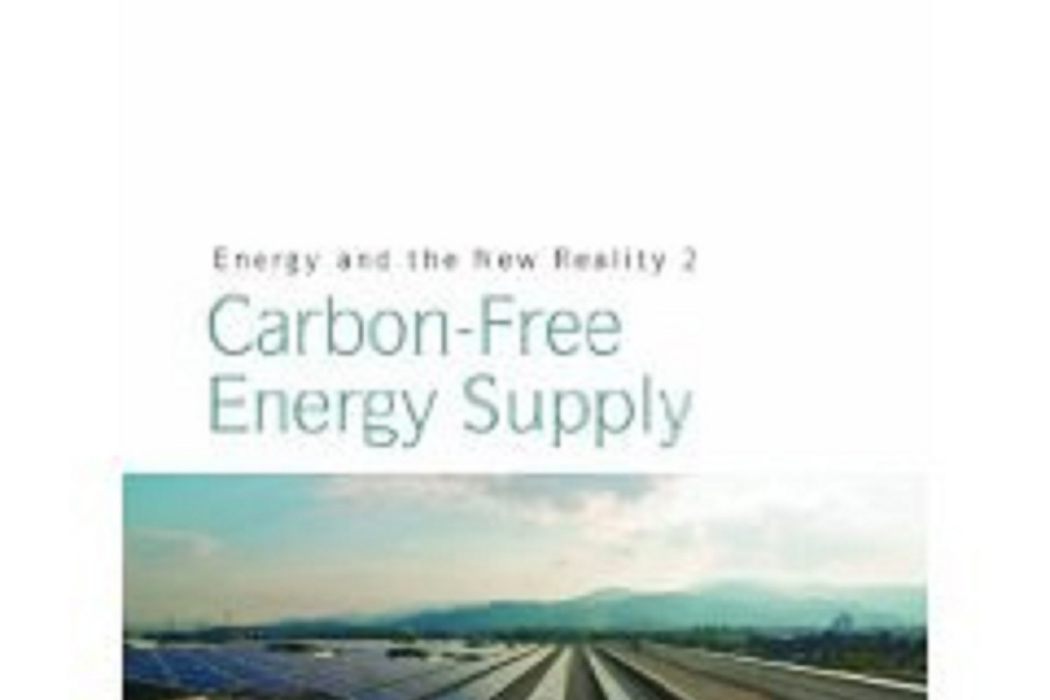《Energy and the New Reality 2》是2010年Earthscan出版的圖書,作者是 L. Danny Harvey。
基本介紹
- 中文名:Energy and the New Reality 2
- 作者: L. Danny Harvey
- 出版社:Earthscan
- ISBN:9781844079131
內容簡介,作者簡介,
內容簡介
Transforming our energy supplies to be more sustainable is seen by many to be the biggest challenge of our times. In this comprehensive textbook, L.D. Danny Harvey sets out in unprecedented detail the path we must take to minimize the effects that the way we harness energy will have on future climate change. The book opens by highlighting the importance of moving to low carbon technologies for generation, then moves on to explain the functioning, potential and social/environmental issues around: solar energy; wind energy; biomass energy; geothermal energy; hydroelectric power; ocean energy; and nuclear energy. It also covers the options for carbon capture and storage and the contexts in which low carbon energy can best be utilized (potential for community integrated systems, and the hydrogen economy). The book closes with scenarios that combine the findings from its companion volume (concerning the potential for limiting future energy demand) with the findings from this volume (concerning the cost and potential of C-free energy systems) to generate scenarios that succeed in limiting future atmospheric CO2 concentration to no more than 450 ppmv. Detailed yet accessible, meticulously researched and reviewed, this work constitutes an indispensible textbook and reference for students and practitioners in sustainable energy and engineering. Online material includes: Excel-based computational exercises, teaching slides for each chapter, and links to free software tools.
作者簡介
Danny Harvey is a Professor in the Department of Geography at the University of Toronto. He began his career over 25 years ago in the area of computer climate simulation and analysis, but has gradually shifted to the analysis of energy systems and prospects for stabilizing atmospheric greenhouse gas concentrations at relatively non-threatening levels. He is author of the Handbook on Low-Energy Buildings and Community-Integrated Energy Systems, which provides a comprehensive guide on how to design buildings to use one-quarter of the energy compared to current conventional practice.

